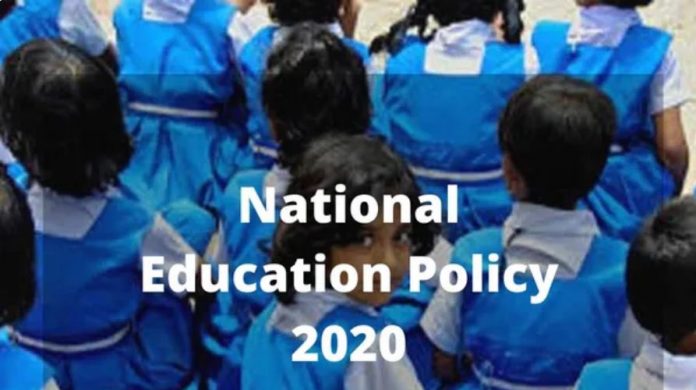NEP 2020 suggests doing away with the existing 10+2 system and replacing it with a 5+3+3+4 system. Here is what the new pedagogical structure means, its various stages and impact on existing students explained.
One of the key announcements of the new National Education Policy, NEP 2020 has been the break-down of the existing 10+2 structure and introduction of the 5+3+3+4 structure of School Education. The policy aims at transforming circular and pedagogical structure from the existing 10 years + 2 years to a more inclusive foundational to secondary stage transition.
While the actual system would not change, in terms of the years a child spends within the formal education system in the country at school level, the new structure brings into fold the already existing play schools within the ambit of ‘formal education’. The new structure and comparison of the two explained below.
NEP 2020: 10+2 to be replaced by 5+3+3+4 Pedagogical Structure (explained)
To begin with, the actual number of years remain the same and this does not mean additional years. It can be perhaps looked at at play school, nursery or kindergarten classes combined with classes 1 and 2. Here’s a look at the new pedagogical structure proposed in comparison to the existing one.
Today, a student (in most urban cities) enter formal education at the age of 3 by means of play schools. Then he/she moves to a ‘school’ which is a K12 institution – Kindergarten 1 and 2 and 12 years of secondary then higher secondary education. The new structure now proposes dividing the same structure into cognitive developmental stages of the child – early childhood, school years, and secondary stage.
The 5+3+3+4 structure corresponds to the following

- Foundational Stage (5): For ages 3 to 8 years, the foundational stage has been suggested. The multi-level play activity based learning would include 3 years at anganwadi’s, pre-school or as commonly called play schools and the kindergarten classes catering to ages 3 to 6. To this, the grades 1 and 2 or classes 1 and 2 for students of ages 6 to 8 would also be added, keeping the focus on development of language skills and teaching by play based and activity based curriculum.
- Preparatory Stage (3): This is for ages 8 to 11 or classes 3 to 5. The focus would shift to play, discovery and activity based and interaction classroom learning. The focus till this stage would remain on development of language and numeracy skills, in accordance with the cognitive development of a child. Medium of instruction till Grade 5 would be home language or mother tongue or local language. Three languages would be taught to all students – and states would decide which ones.
- Middle Stage (3): Referring to the classes 6 to 8, the new structure aims at transforming the pedagogy from the existing system to a more experiential learning in the sciences, mathematics, arts, social sciences and humanities. Focus would be on critical learning objectives and not on rote learning.
- Secondary Stage (4): This includes classes 9 to 12 or the secondary and the higher secondary as we know them today. The changes suggested at this stage include a multidisciplinary study where students would be able to pick and choose any set of subjects from the available structure. The focus would be on greater critical thinking and flexibility, allowing the child to pick subjects as per their interests – even technical and arts.
Apart from the structure, the NEP also proposes a considerable change in the examination structure. Key stage assessments (at Grades 3, 5 and 8) would be conducted to track the development of the child. As for the secondary stage, the board examinations would be reformed. They would be made easier where students would be tested on the core capabilities. Instead of just one board, a more modular model to be explored and is expected to be in place by 2022-23.
Our take on the changes
It is a progressive shift towards a more scientific approach to education. The 5+3+3+4 structure walks with the ability of the child – stages of cognitive development as well as social and physical awareness. If implemented in its true vision, the new structure would bring India at par with the leading countries of the world.















